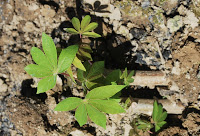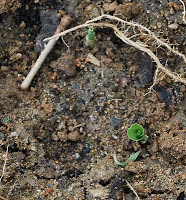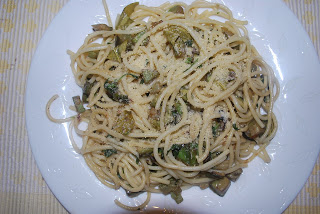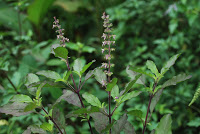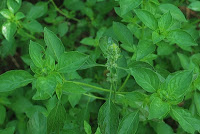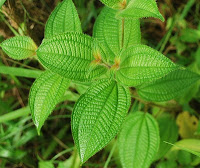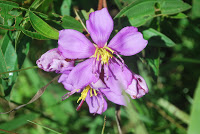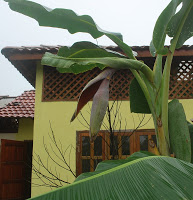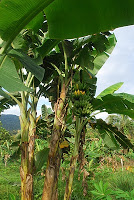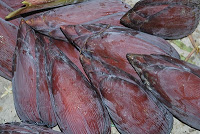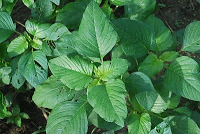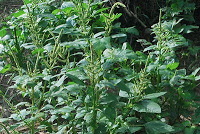Farm Recipes – Rastali Banana bread (Kek Pisang Rastali)
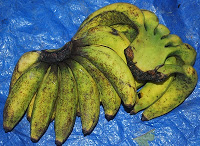 |
| Pisang Rastali |
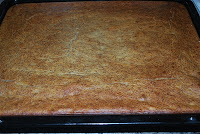 Once the Rastali Banana is ripe, it gets soft after a few days. So, since I had some ripe Rastali banana, I decided to experiment making banana bread that was easy to make and didn’t take a long time nor use complex ingredients. After all, I do not think cooking should be complicated, use as little time as possible (we all have busy schedules), easy to find ingredients and as nutritious as possible without having to think of it as a “Health Food”.
Once the Rastali Banana is ripe, it gets soft after a few days. So, since I had some ripe Rastali banana, I decided to experiment making banana bread that was easy to make and didn’t take a long time nor use complex ingredients. After all, I do not think cooking should be complicated, use as little time as possible (we all have busy schedules), easy to find ingredients and as nutritious as possible without having to think of it as a “Health Food”.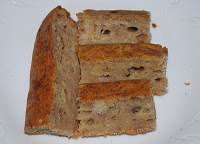 With the abundance of bananas at the farm, I decided that I needed to come up with alternative ways of eating them other than raw or as banana fritters (pisang goreng). Moreover, I wanted to test how this particular banana tastes when it is transformed to a bread – flavor, sweetness and moistness.
With the abundance of bananas at the farm, I decided that I needed to come up with alternative ways of eating them other than raw or as banana fritters (pisang goreng). Moreover, I wanted to test how this particular banana tastes when it is transformed to a bread – flavor, sweetness and moistness.
The beauty of Rastali is it has a natural sweetness to it so you can use less sugar. Since the fruit was produced as naturally as possible, I decided to use ingredients that will add to the nutritional value and are as less processed as possible.
The bread turned out well, springy and soft and slightly moist giving it a light taste with a lovely banana flavour. It takes about 30 minutes of preparation time, without using any electrical gadgets so you do not need to go out and buy a mixer or own a food processor. The utensils that I needed were 1 mixing bowl, 1 large bowl (to mash the bananas), 1 whisk, 1 fork or masher (like those you use to make mash potatoes) and 1 spatula.
Ingredients:
8 cups of mashed Rastali banana
6 cups of self-raising flour
2 cups of corn oil or olive oil
2 cups of brown sugar or raw sugar (trying to get the most out of sugar)
8 eggs
2 cups of milk – I prefer to use low fat milk
2 teaspoons of vanilla essence
2 teaspoons of cinnamon – preferably fresh grated. I used Sabah cinnamon sticks.
1/2 teaspoon of salt
Method:
Using a whisk, mix the eggs, corn oil and sugar until it has blended well and slightly foamy on the top. Add it to the mashed bananas. Stir in the vanilla essence. cinnamon and salt. Add milk to the mixture. Fold in the flour and pour into 2 cake pans or 1 large pan. Bake at 175F for 35-40 minutes or until the cake is done (I use a toothpick and stick it in bread. If it comes out cleanly, it is done).
Next experiment, is Pengat Pisang Udang or the closest I can describe it in English, is a soupy banana pudding(?).

